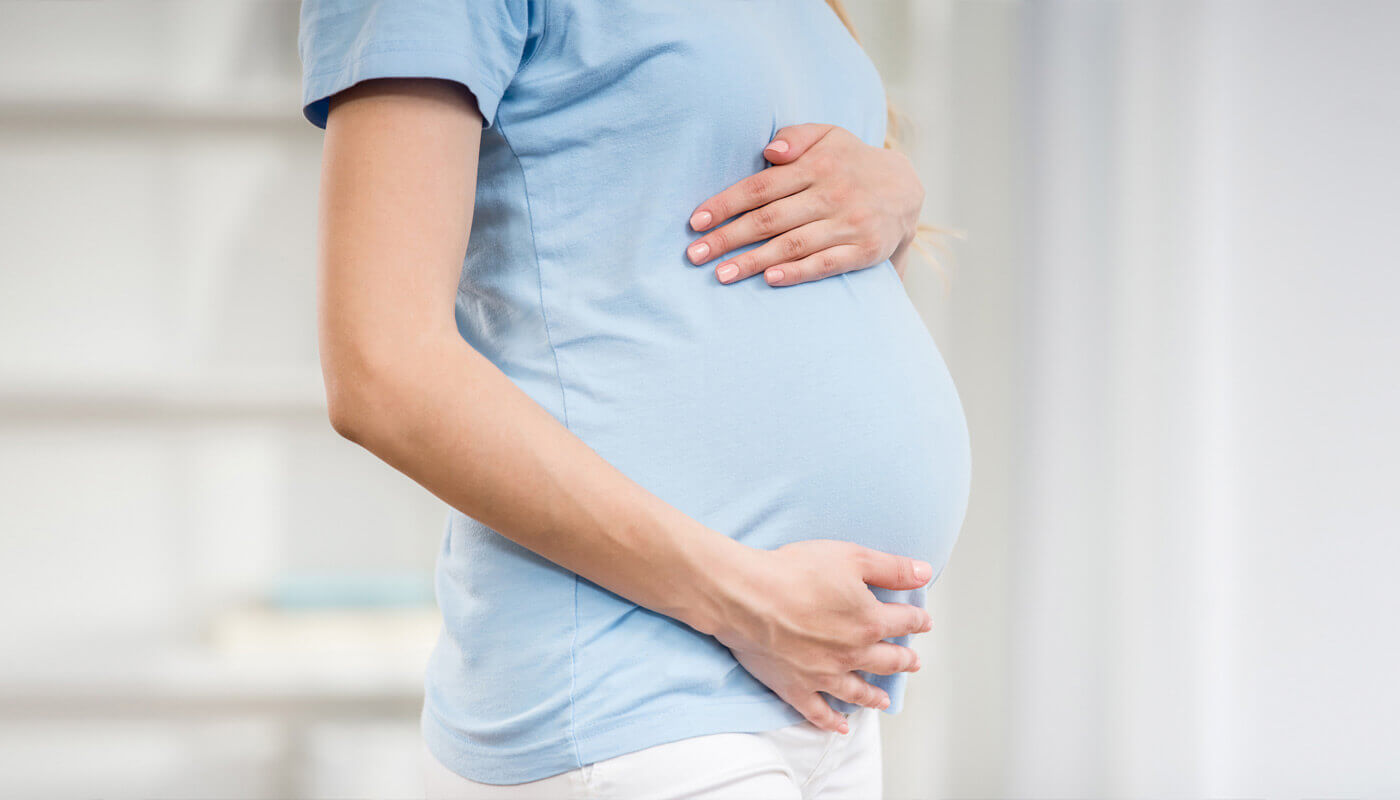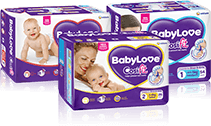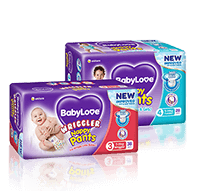Being pregnant means your body will change and grow to accommodate the growing foetus in your womb. To some women, these changes are quite upsetting while others embrace it as part of being a mother.

The changes that usually occur and how you can manage it better
| No. |
Changes |
Features |
How to Manage |
| 1. |
My First Baby Bump |
- Usually starts showing as early as 3 months and as late as 5 months.
- New mothers will generally show later compared to women with children.
- Can cause back pain and discomfort.
|
- Comfortable clothes.
- Use a maternity support belt that suits your need.
- Use of support belt can provide additional benefits such as:
- Reduction in lower back pain.
- Reduced pressure on bladder.
- Decrease varicosities and swelling.
- Improved circulation in the pelvic region.
- Greater comfort during exercise.
|
| 2. |
Stretch Marks |
- Affect 75-90% of pregnant women.
- Appear around 6 months onwards.
- Appear more concentrated around areas that store more fat.
- Cause itchiness and nuisance.
- Caused by stretching of skin as you gain weight.
- Appear as pinkish, red lines on belly, inside legs, thighs and hips.
- Stretch marks are permanent, however fade to silvery colour over time.
|
- Eat a healthy diet and maintain weight gain at an optimum level.
- Keep hydrated and drink plenty of water.
- Keep skin moisturised.
- There is no evidence that any particular products will prevent stretch marks.
|
| 3. |
Sensitive Breasts |
- Become sore and seem swollen or enlarged.
- Sensitivity often lessens after the first 12 weeks.
- Some women may grow a cup more.
- May leak colostrum or pre-milk.
|
- Use a Maternity Bra that fits your breasts (you might have to change sizes as your breasts grow bigger).
- Use nursing pads for colostrum or pre-milk leak.
- Have a bra fitted by a bra specialist.
- Look for maternity bras that provide these features:
- Good support.
- Deep band beneath the cups.
- Wide shoulder straps.
- Adjustable closure.
- Avoid underwire bras!
|
| 4. |
Sore Nipples |
- Feel sore or tingly.
- Stick out more.
- Crack and dry out.
- Darken along with areola.
|
- Use breast moisturiser.
- Exercise breast massage to soften breast and promote milk flow.
|
| 5. |
Weight Management |
- Being underweight increases chances of having a low birth weight baby and carries higher risk of complications.
- Being overweight increases higher risk of hypertension (high blood pressure) or diabetes.
|
- The recommended weight gain during pregnancy is around 12 – 14 kg (gradually throughout the pregnancy term) broken down as below:
- Baby – 3.5 kg.
- Placenta – 0.6 kg.
- Amniotic fluid – 0.8 kg.
- Uterus – 0.9 kg.
- Breast tissues – 0.4 kg.
- Increase in maternal blood volume – 1.25 kg.
- Fluid in maternal tissues – 1.35 kg.
- Maternal fat stores – 3.2 kg.
|
Notes:
Pregnant mothers should not worry about their weight too much. Consult your doctor for advice on weight management and other care during pregnancy to ensure that both baby and mother are healthy and safe from any risk during delivery or post delivery. The best thing you can do is eat a well balanced diet. Sensible exercise is good for you. Consult your health professional regarding appropriate exercise for you.





